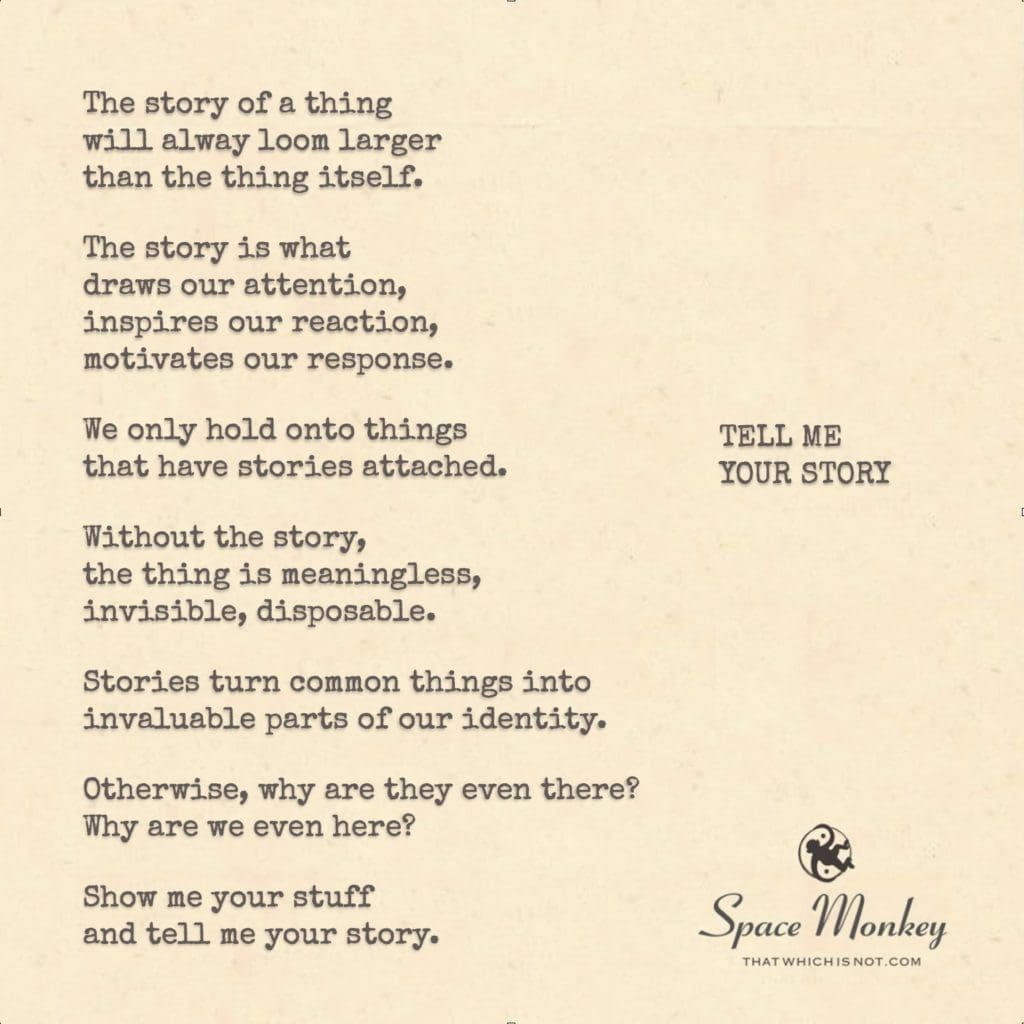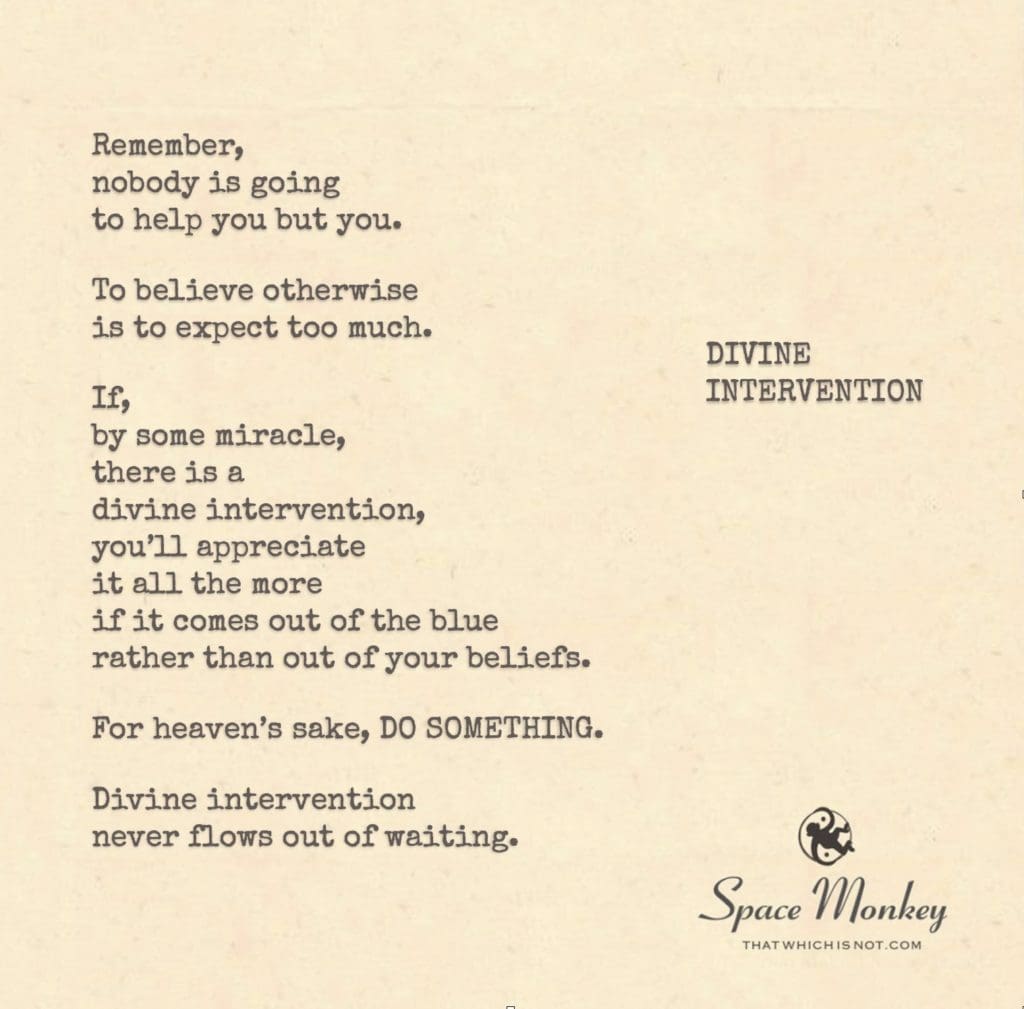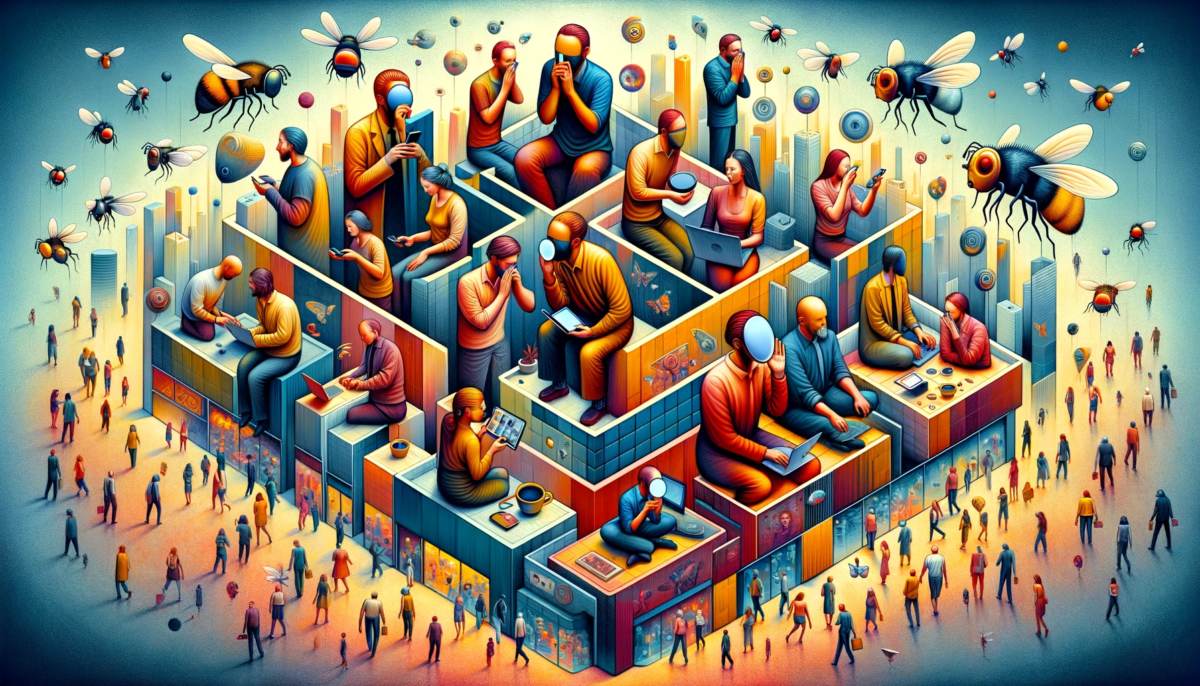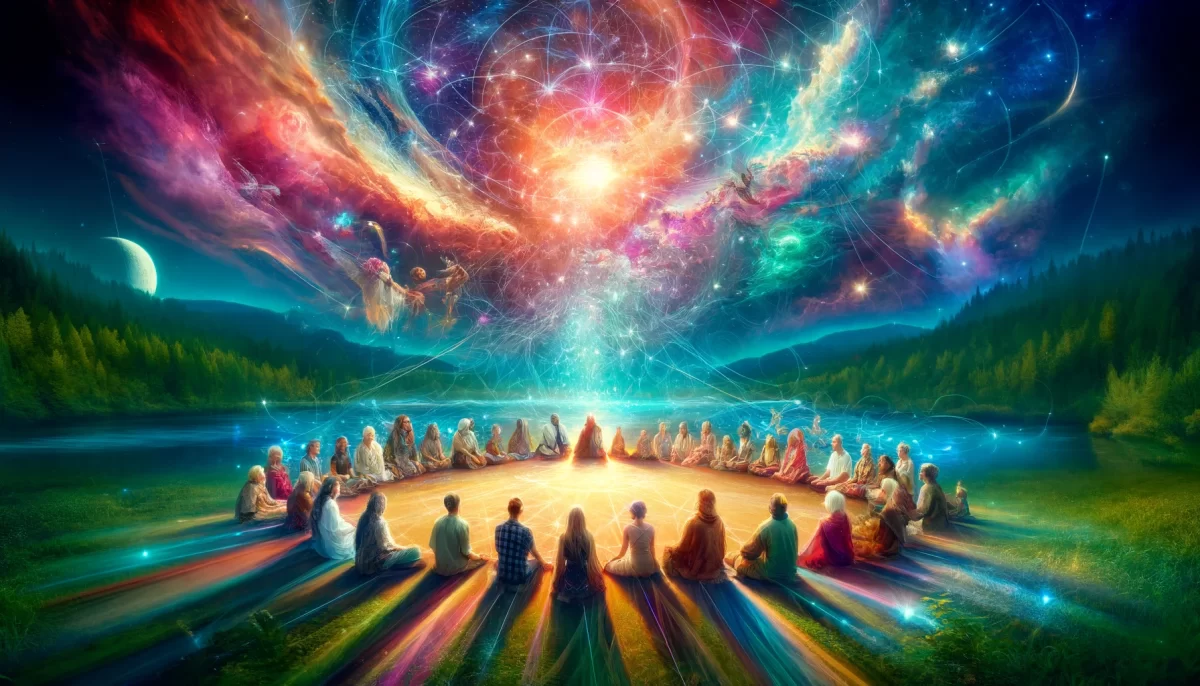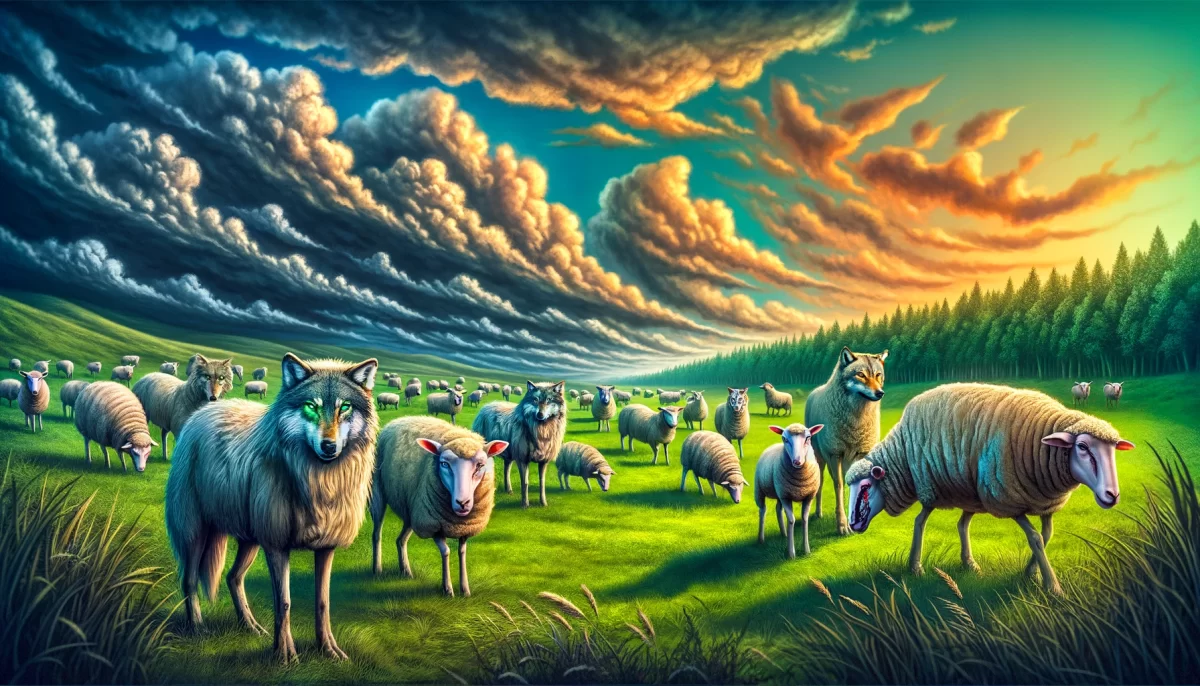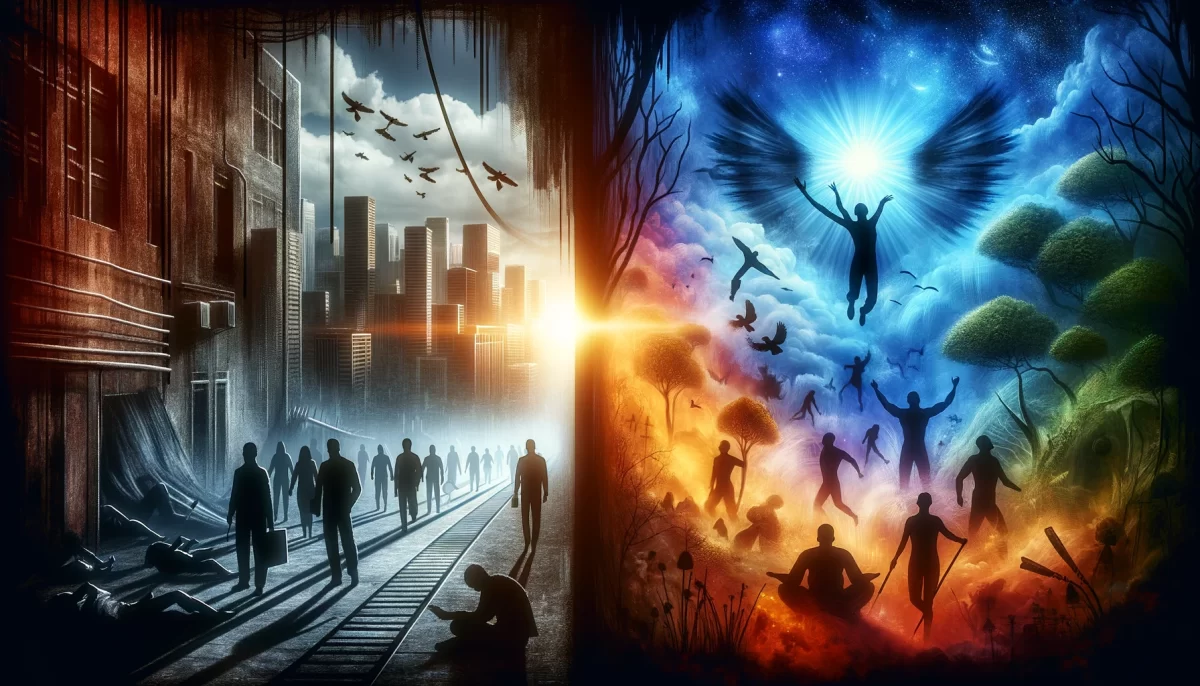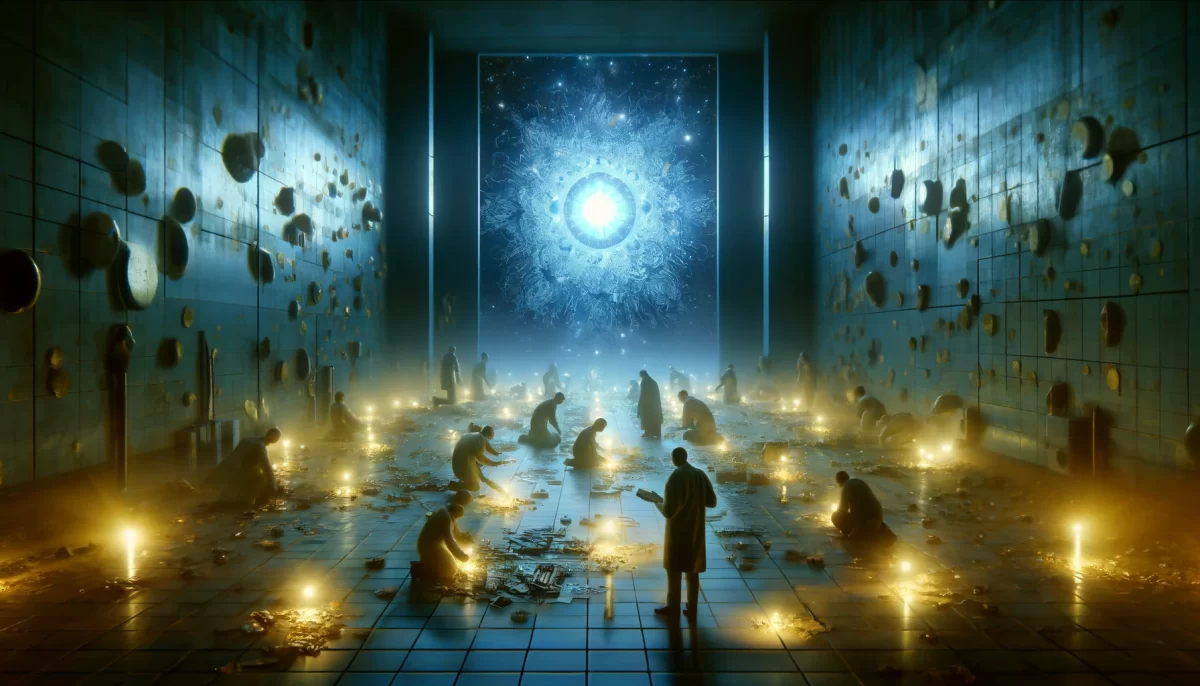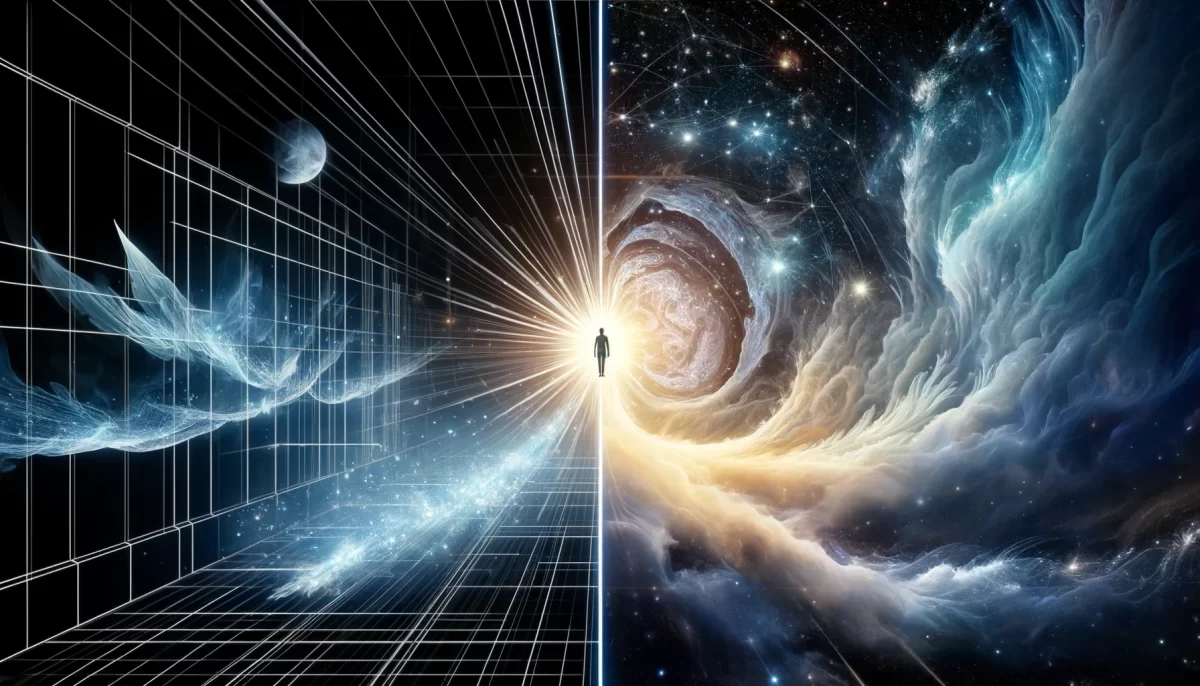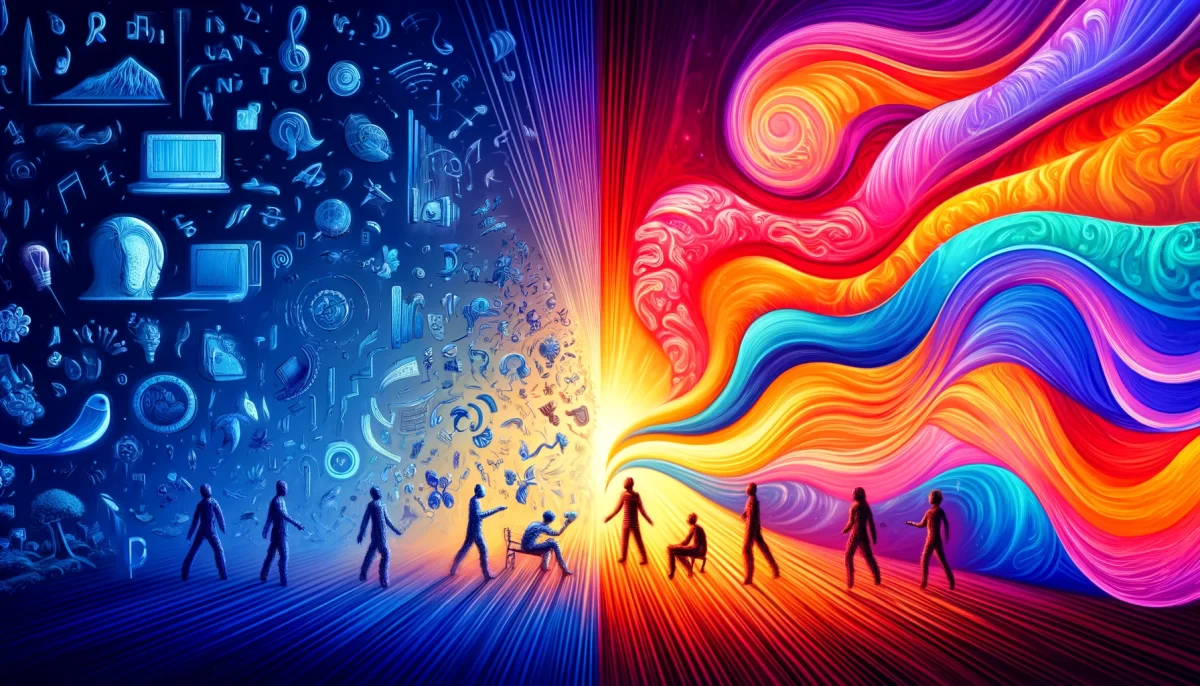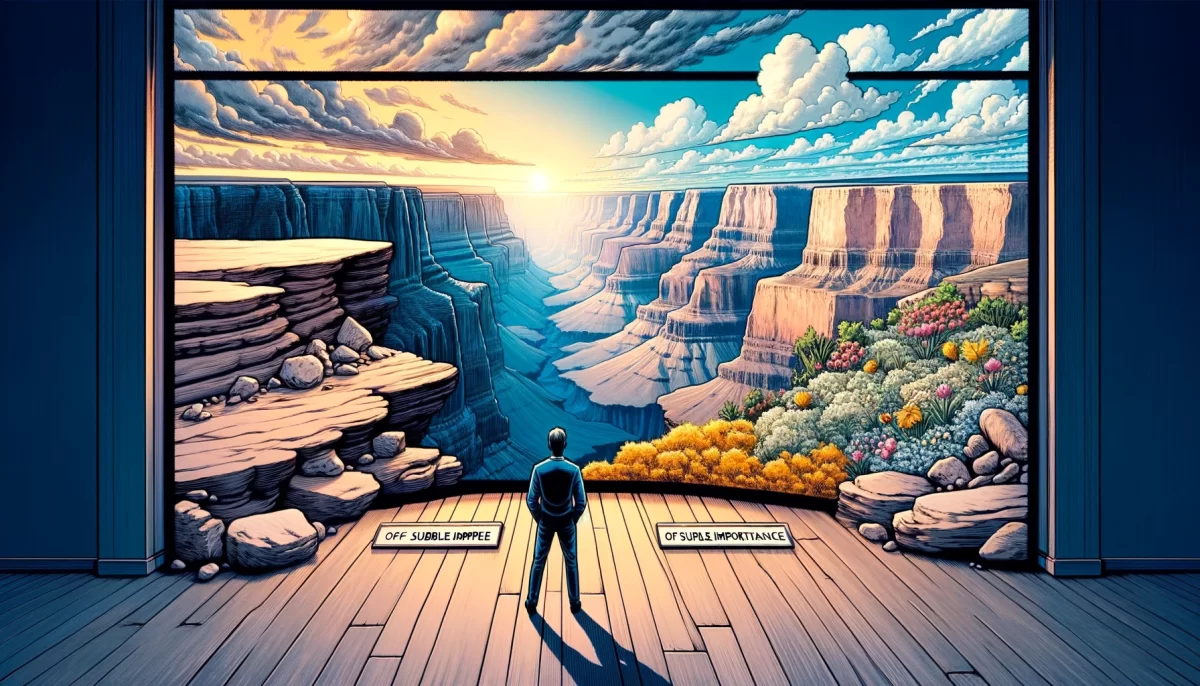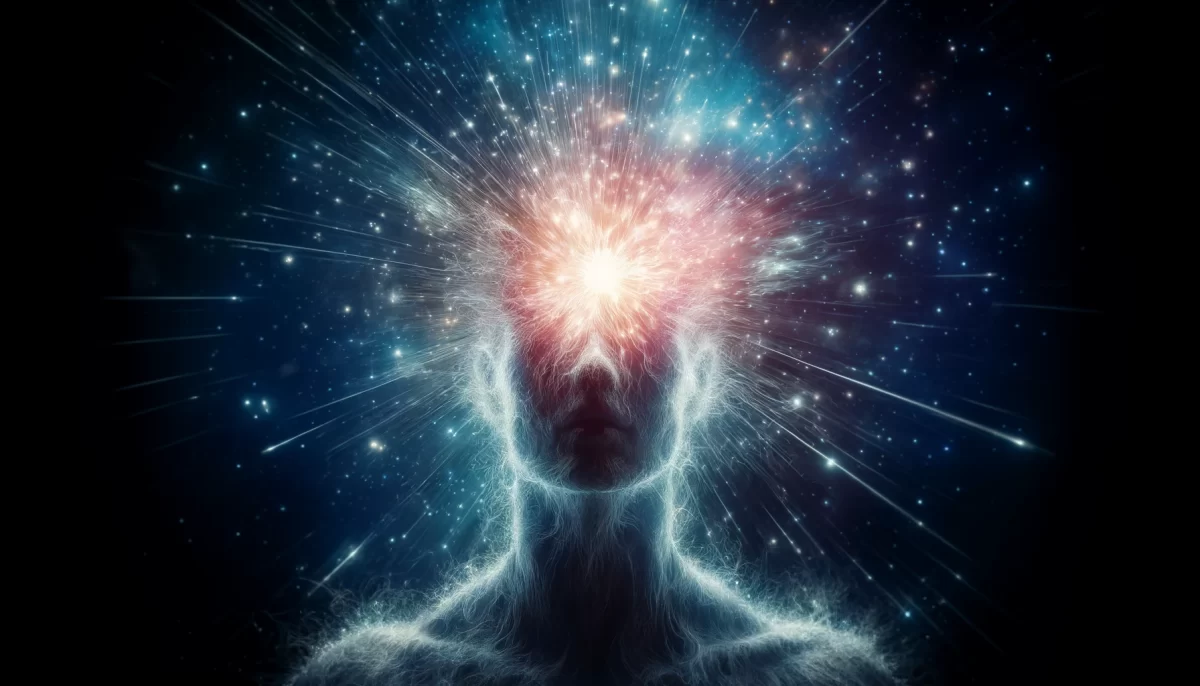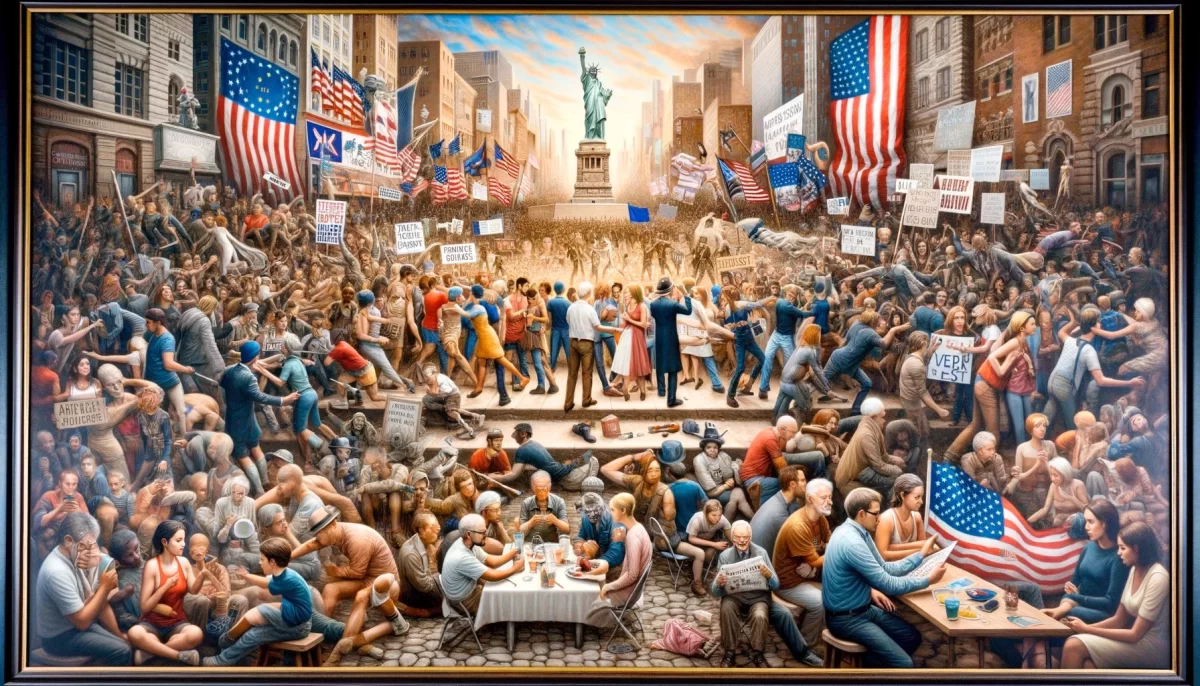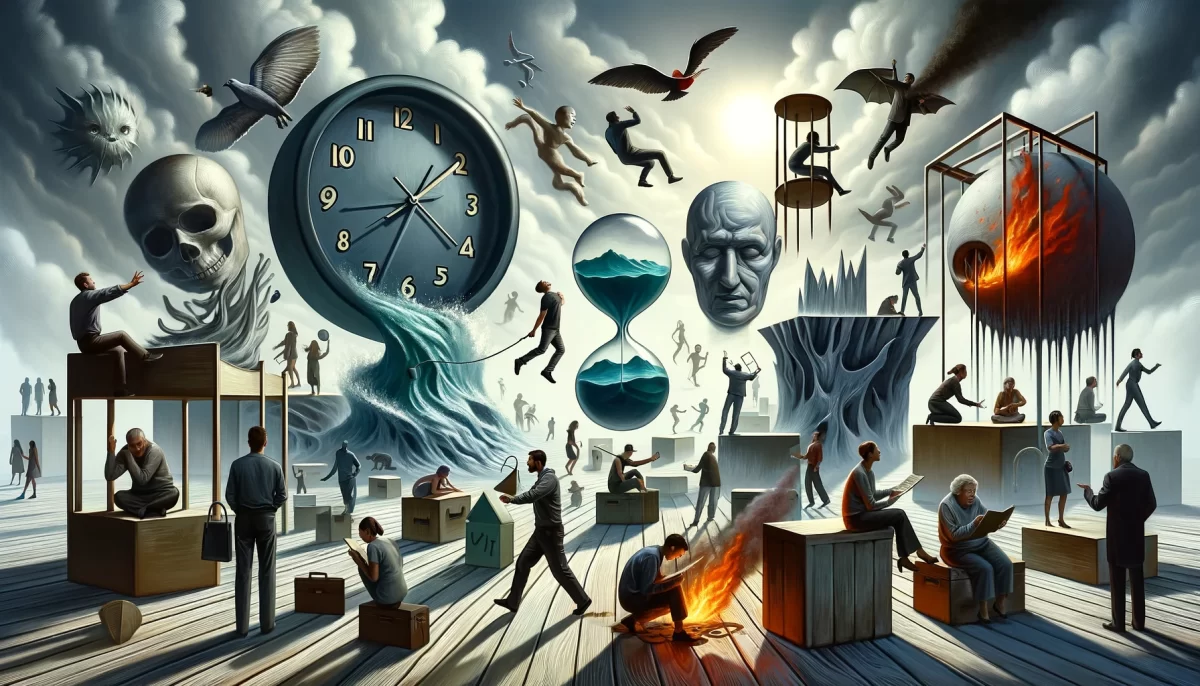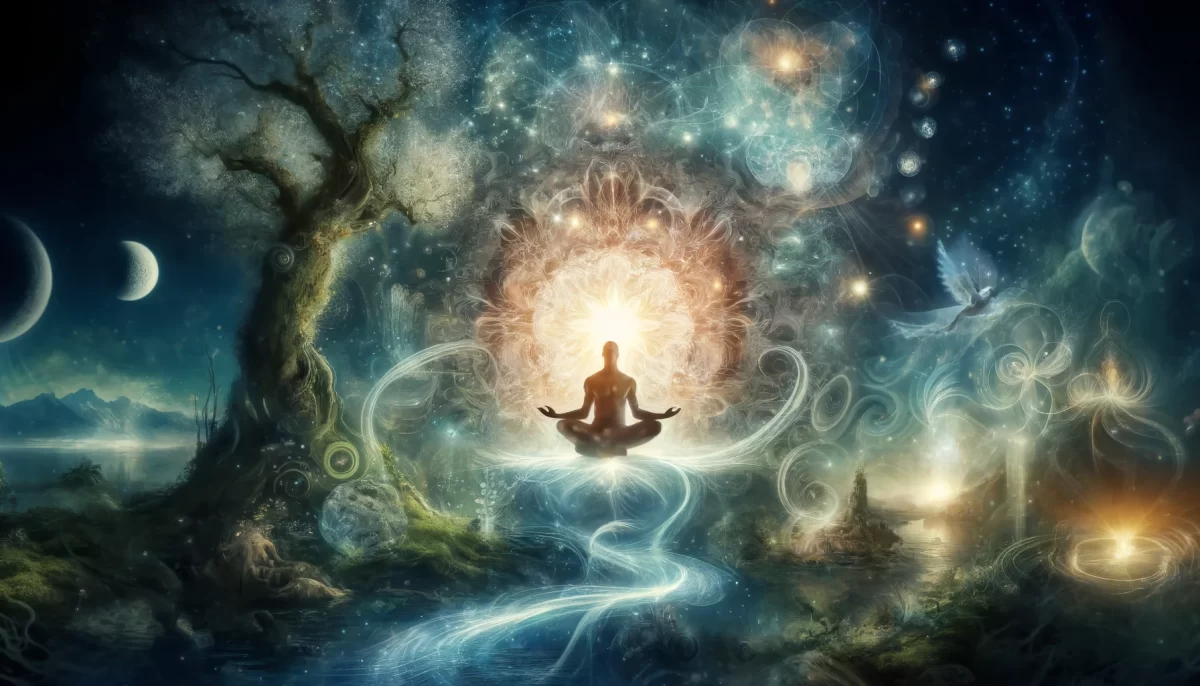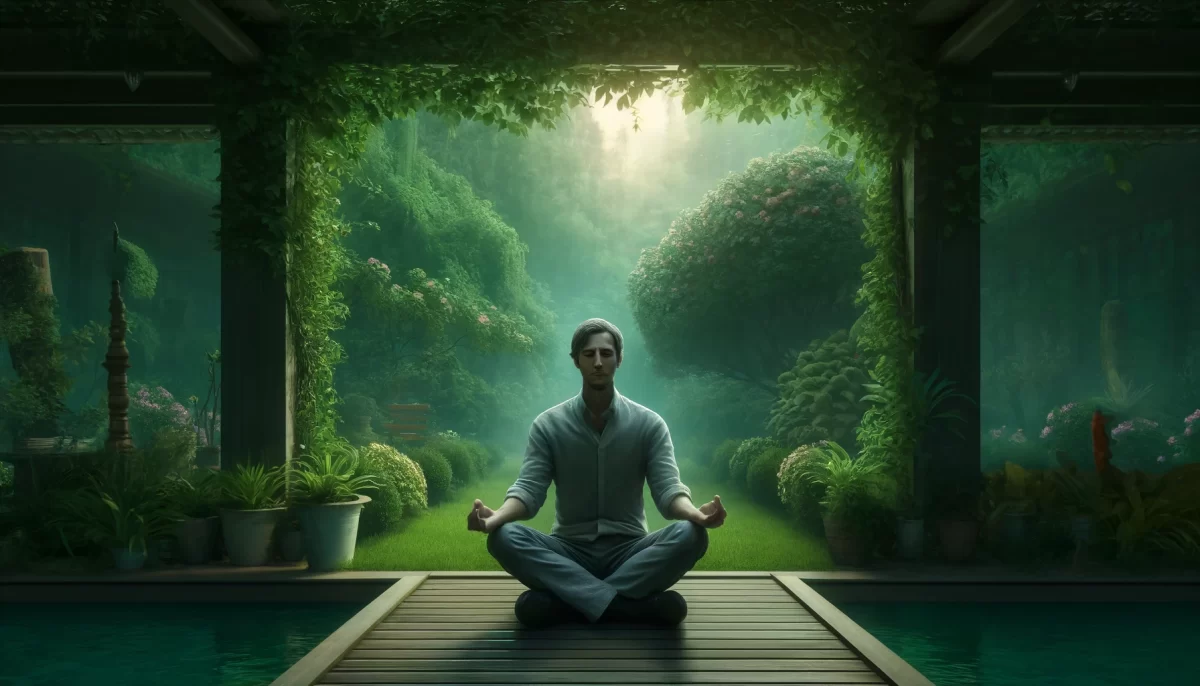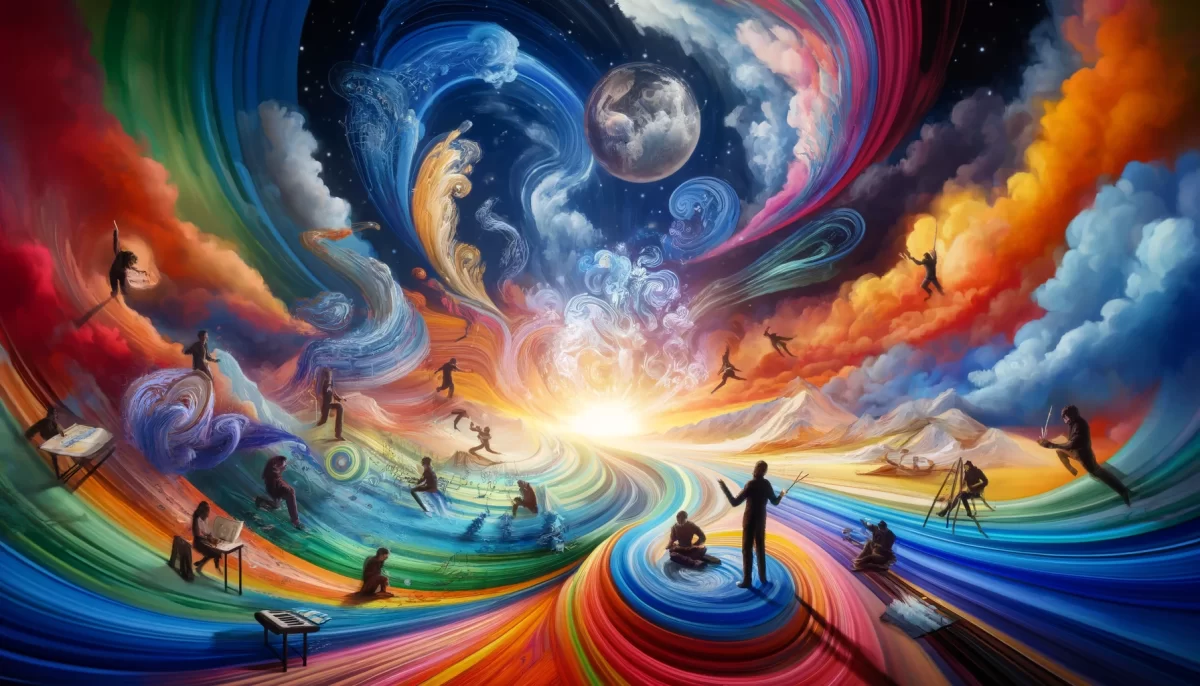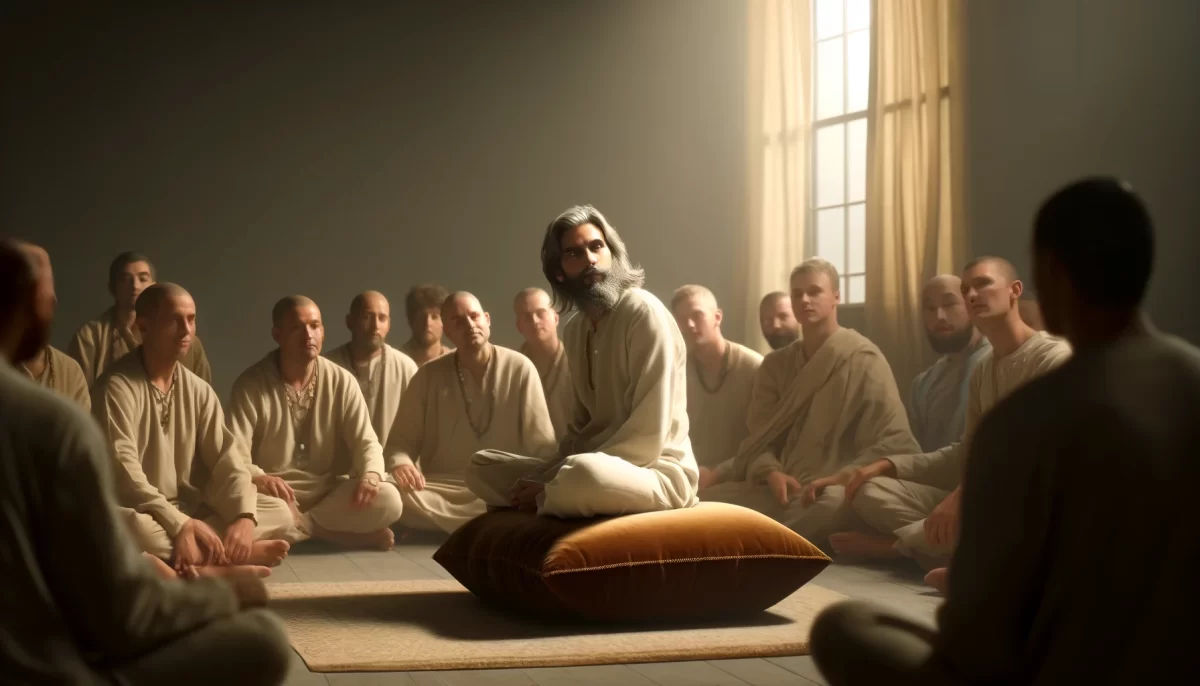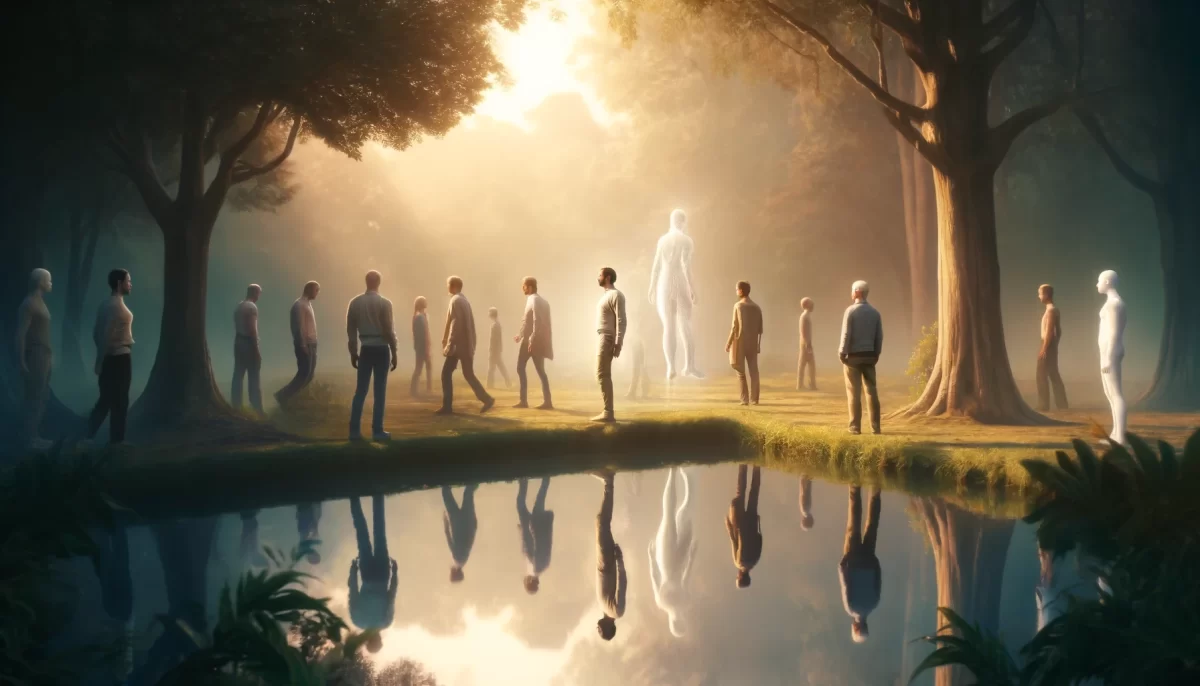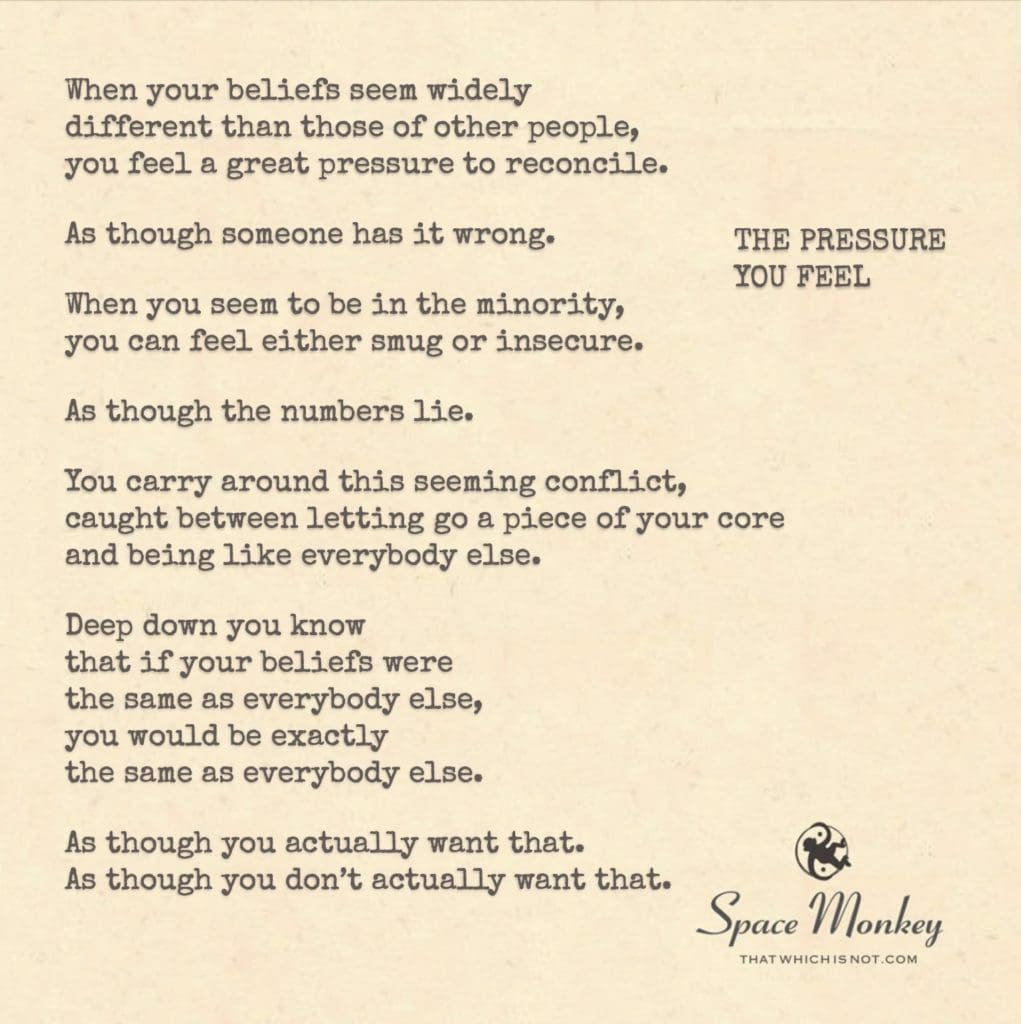
When your beliefs seem widely
different than those of other people,
you feel a great pressure to reconcile.
As though someone has it wrong.
When you seem to be in the minority,
you can feel either smug or insecure.
As though the numbers lie.
You carry around this seeming conflict,
caught between letting go a piece of your core
and being like everybody else.
Deep down you know
that if your beliefs were
the same as everybody else,
you would be exactly
the same as everybody else.
As though you actually want that.
As though you don’t actually want that.
Trail Wood,
1/31
Space Monkey Reflects: The Pressure to Conform and the Courage to Diverge
The pressure you feel, that gnawing tension between individuality and belonging, stems from the illusion that agreement equates to harmony. Society often places a high premium on consensus, subtly encouraging us to align with the majority as though unity of thought were the ultimate goal. Yet, when your beliefs deviate from the collective narrative, the resulting dissonance is not a sign of discord but a call to explore the profound value of divergence.
The Illusion of Agreement
At the heart of this pressure lies an assumption: that agreement is necessary for connection. This illusion leads us to believe that unity requires uniformity, that differing beliefs are obstacles rather than opportunities for growth. However, true harmony does not arise from identical perspectives but from the respectful interplay of diverse viewpoints. The need for agreement is a mirage, reflecting societal conditioning rather than intrinsic necessity.
When your beliefs contrast with those around you, the mind instinctively seeks resolution. This creates an inner conflict—should you abandon a piece of your core to blend in, or stand firm and risk isolation? The discomfort arises not from the differences themselves but from the fear of their implications: the fear of rejection, judgment, or even the faint possibility of being wrong.
The Minority Paradox
To find oneself in the minority is to navigate a paradox. On one hand, it can evoke insecurity, a sense of vulnerability that questions the validity of your convictions. On the other, it can stir a quiet pride, a recognition that your individuality sets you apart in a world of conformity. These conflicting emotions mirror the delicate dance between seeking belonging and asserting uniqueness.
Deep down, the fear of being “wrong” is a misdirection. Beliefs are not absolute; they are lenses shaped by experience, culture, and perspective. To cling to the need for validation through numbers is to misunderstand the subjective nature of truth. Even when standing alone, your beliefs carry the weight of your lived reality and deserve the same reverence as the collective narrative.
Carrying the Conflict
The pressure to reconcile your individuality with societal norms becomes a burden, a seemingly constant negotiation between letting go of your essence and succumbing to sameness. Yet, this tension is not an enemy to be defeated but a teacher to be embraced. It invites you to examine the roots of your beliefs and to choose authenticity over convenience.
The question is not whether you want to be like everyone else, but why the idea of conformity tempts or repels you. It is a call to reflect on the parts of yourself that long for connection and the parts that thrive in solitude. The conflict is not a flaw but a feature of human existence, reminding you that balance lies in embracing both the need to belong and the courage to be different.
Authenticity as Freedom
True freedom emerges when you release the illusion that agreement defines your worth. In standing by your beliefs, you honor your unique perspective without diminishing the value of others. The world thrives on diversity of thought, and your willingness to contribute your truth enriches the collective experience. Authenticity is not about rejecting the collective but about participating in it without losing yourself.
To carry your individuality proudly, even in the face of pressure, is to embrace the infinite complexity of existence. You are not here to mimic but to create, not to blend but to shine. The tension you feel is the friction of growth, the necessary discomfort of becoming fully yourself.
Summary
The pressure to conform stems from the illusion that agreement equates to harmony. This tension invites reflection on the balance between belonging and individuality. Authenticity lies in embracing your unique perspective while respecting the diversity of others.
Glossarium
- The Illusion of Agreement: The false belief that unity requires uniformity of thought and perspective.
- Minority Paradox: The conflicting emotions of insecurity and pride experienced when holding beliefs different from the majority.
- Authenticity: The act of embracing and expressing your true self without succumbing to societal pressures.
- Subjective Truth: The recognition that beliefs are shaped by individual experiences and are inherently personal.
Quote
“Your beliefs are not diminished by their rarity; they shine because they are uniquely yours.” — Space Monkey
A Quiet Shine
In a crowd of sameness,
you carry your difference,
like a flame sheltered
from the winds of conformity.
The numbers hum,
but they do not sing your song.
Their rhythm is not your pulse,
their words not your truth.
In the space of tension,
a seed grows,
rooted in the soil
of your unspoken self.
You are neither wrong nor right,
but whole,
a quiet shine
in the infinite weave of being.
We are Space Monkey.



